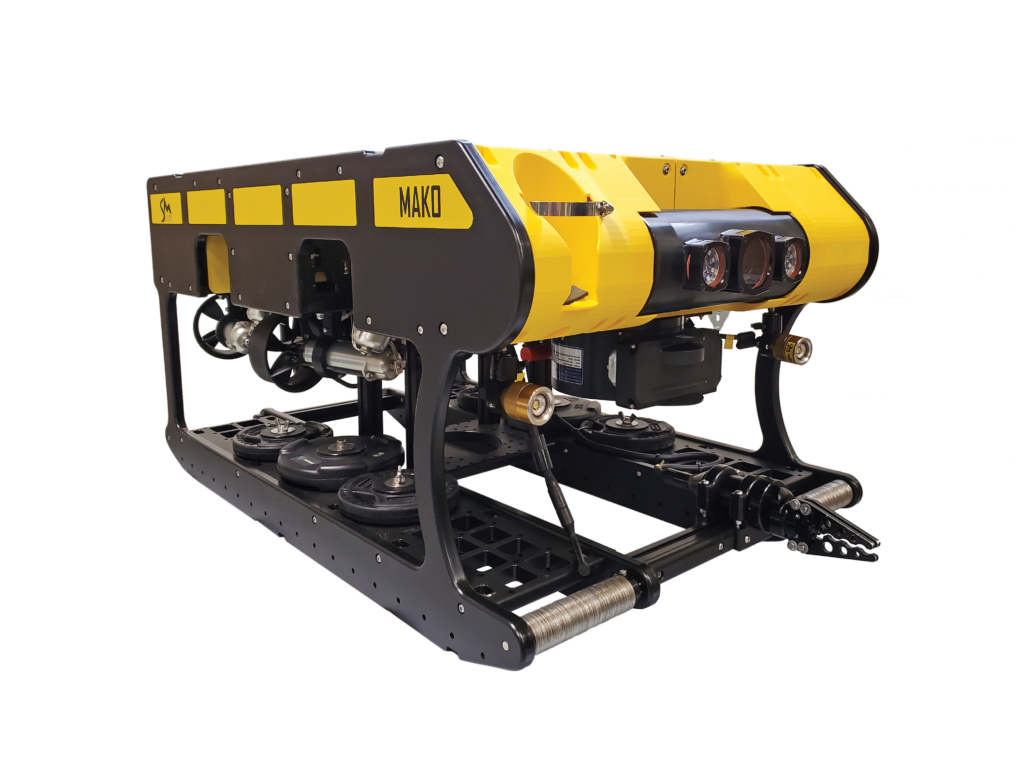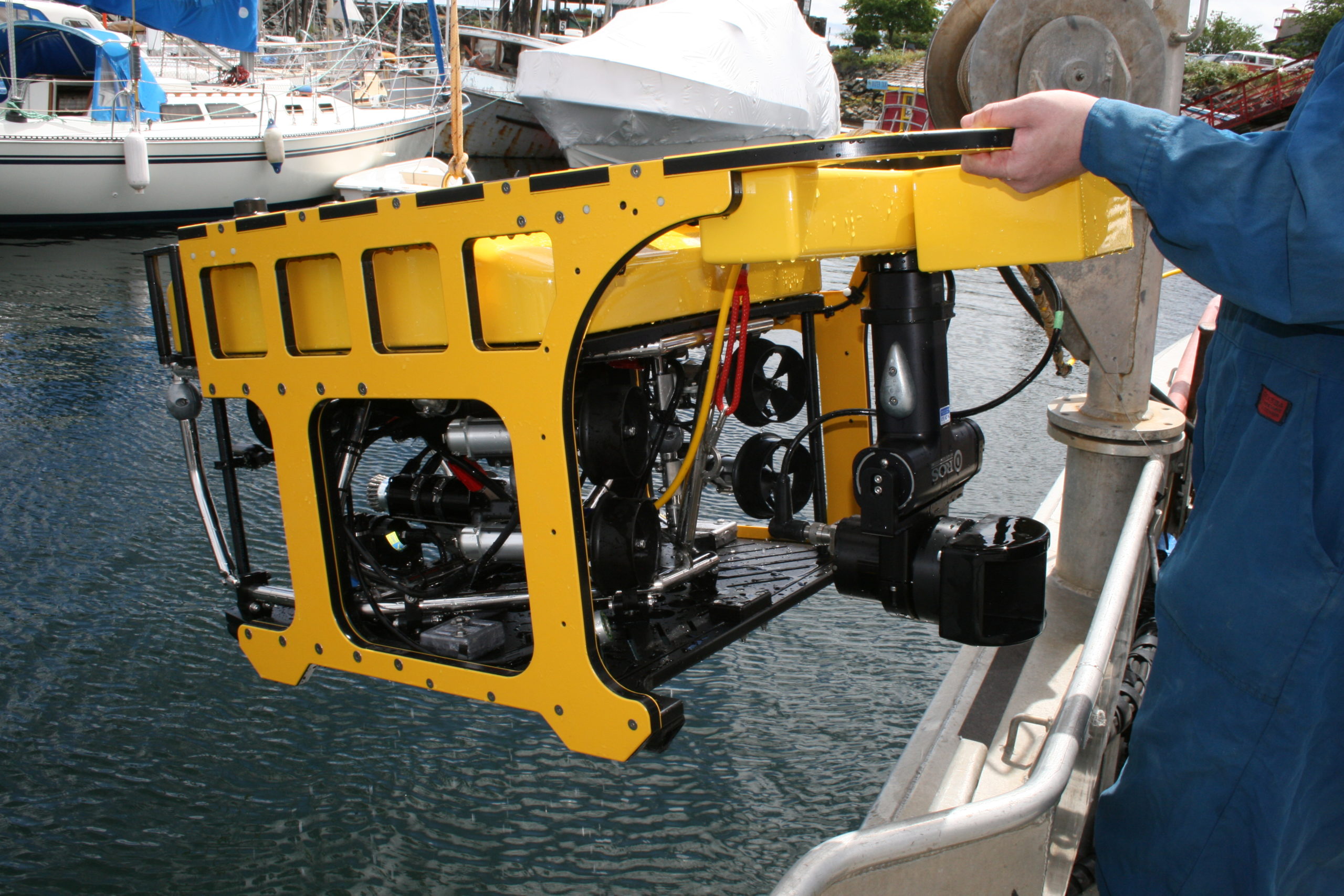ROV Redundancy systems stand as a cornerstone in ensuring the reliability, safety, and success of ROV missions. As engineers and operators continue to push the boundaries of underwater exploration, the ongoing development of robust redundancy systems will remain essential to the advancement of this critical technology.
The successful execution of missions in challenging underwater environments heavily relies on the reliability and performance of ROVs. To mitigate the risks associated with equipment failures or unforeseen circumstances, the SEAMOR Marine team implement redundancy systems. We measure our ROV safety and effectiveness against the highest standards.
SEAMOR ROV Redundancy Systems
We design redundancy systems to maintain functionality and operational capability even in the event of component failure. They involve duplicating critical systems or implementing alternative solutions to ensure the ROV can continue its mission or safely return to the surface. Once at the surface, our modular design will make the repair and replacement of the affected component a straightforward process. The combination of redundancy, modularity, high-quality materials and ease of use, are what make SEAMOR Marine ROVs unique. We want you to have your ROVs for a decade or more. The added benefit of this are cost savings, decreased down time, and a stellar reputation with your own clients ;).

Key Components with Redundancy Systems
- Propulsion Systems. ROVs heavily rely on propulsion systems for maneuverability. Redundancy in propulsion often involves multiple thrusters, ensuring the ROV can continue movement even if one or more thrusters fail. Additionally, some advanced systems might incorporate alternative methods of propulsion, such as thruster layout redundancy or backup thruster modules.
- Power Supply: Reliable power supply is critical for the uninterrupted operation of ROVs. Redundancy in power systems includes redundant power sources, backup batteries, or redundant power distribution systems to ensure continuous operation even if one power source fails.
- Communication Systems: Maintaining communication between the surface control station and the ROV is essential. To reduce the risk of losing contact ROVs have multiple communication channels, acoustic modems, or alternative frequency bands. There is never a 100% guarantee of uninterrupted data transfer and control signals for all missions but including these components may save you in an emergency.
- Sensors and Navigation. We use sensors and navigation systems for precise maneuvering and data collection. Redundancy in these systems might involve duplicate sensors or alternative navigation methods, such as using different positioning technologies like Inertial Navigation Systems (INS) combined with Global Navigation Satellite Systems (GNSS) for increased accuracy and reliability. Sonars are also a very helpful tool to navigate in poor visibility environments.
As always, we are happy to answer any questions you have. We can dive deep into the technical details of all the redundancy options we have for each of our ROVs. OR we could set up a demo and you can see for yourself.

